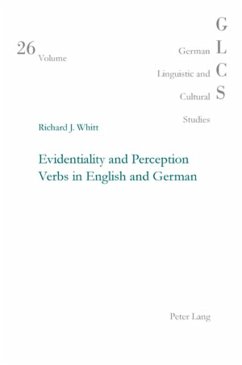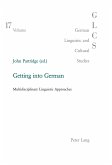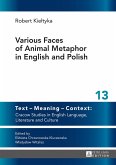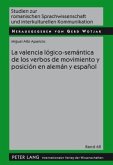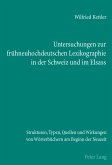Evidentiality, the linguistic encoding of a speaker's or writer's evidence for an asserted proposition, has begun to receive serious attention from linguists only in the last quarter century. Much of this attention has focused on languages that encode evidentiality in the grammar, while much less interest has been shown in languages that express evidentiality through means other than inflectional morphology. In English and German, for instance, the verbs of perception - those verbs denoting sight, sound, touch, smell, and taste - are prime carriers of evidential meaning. This study surveys the most prominent of the perception verbs in English and German across all five sensory modalities and accounts for the range of evidential meanings by examining the general polysemy found among perception verbs, as well as the specific complementation patterns in which these verbs occur.

